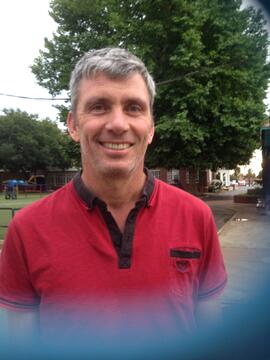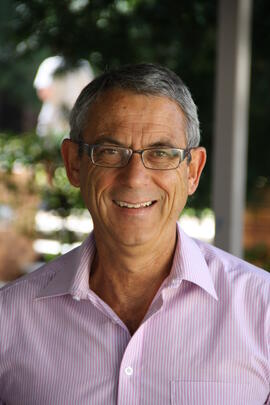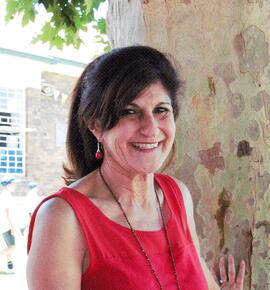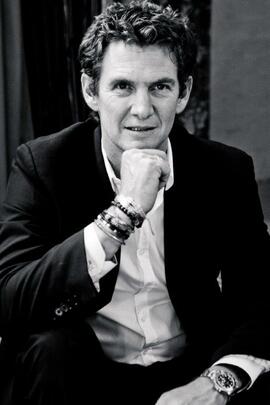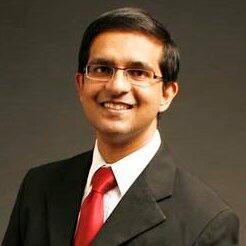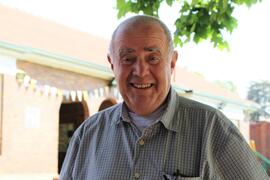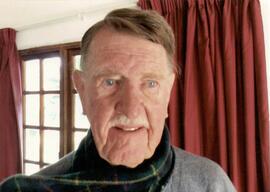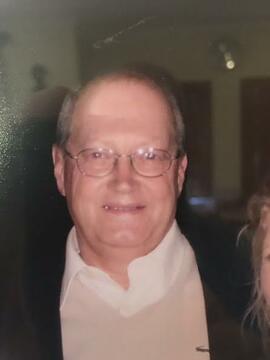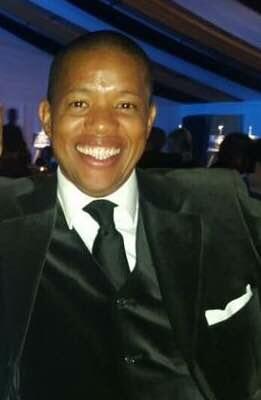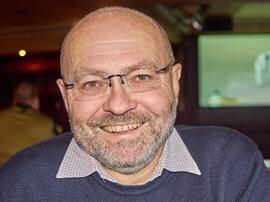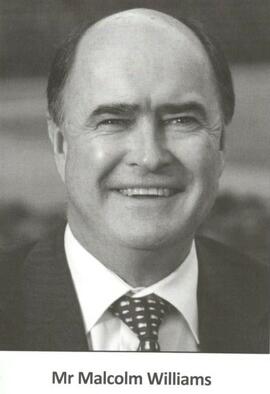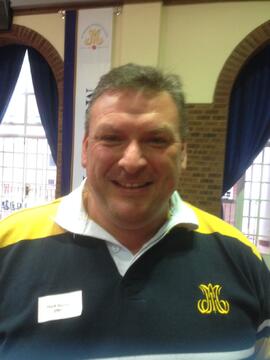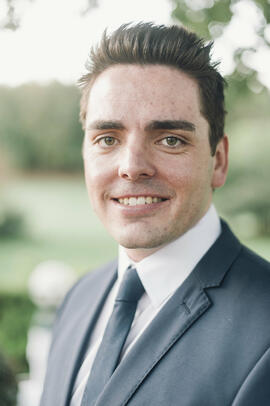- ZA ZAR STDS 202000793
- Item
- 2014
Interview with Gordon Tonetti – 1986
Gordon came to St David’s in 1974 going into grade 1 in the same classroom where Carol Ansell now
teaches. Carol taught him together with Heather Joseph, Willy Castle, Mrs Schaafsma and Mrs Napier. Mrs
Napier who taught him in standard 2 to 3 would throw her blackboard duster at you if you talked in class.
Gordon admits to belonging to a naughty crowd, didn’t do much studying and was often jacked by Willy
Castle and Terry O’Mahoney. In fact the boys used to compete to see who got the most jacks! Mr Murphy
was the headmaster in standard 6 but didn’t last long and Br Anthony came back for a term before Mr
Frielick was appointed. Gordon’s group was the smallest matric group in years.
Gordon’s father was a former pupil of St David’s and vice head boy matriculating in 1954, and Gordon’s
grandfather attended a Marist school overseas. His father recalled when at the age of 6, he was put on a
train in Barberton and was told he would be met by one of the Brothers at the Johannesburg station. He
arrived but no-one was there to meet him, eventually a policeman spotted him and asked him why he was
there alone. The policeman called his family in Barberton who then contacted the school and at long last
one of the Brothers arrived to collect him.
Gordon was a good sportsman and was awarded 5 scrolls for athletics and rugby and captained a few
teams . He played 1st team rugby throughout his high school career and was a member of the A and B
swimming teams, but didn’t play cricket. In standard 5 the school had a strong rugby team but sadly many
of its members left and went to St John’s whilst Br Timothy was headmaster. Gordon loved the athletics
and the long distance running, he held the long distance record in his time and regrets not having been
pushed further as he could have done a lot better. He has started running again recently.
Mark Reeves’s sister was a swimming coach, a tough battleaxe and Mrs Mah, another coach would see a
storm coming up but wouldn’t let the boys leave the pool. On one occasion lightening struck where the
clock tower now stands, hitting a line of wattle trees, a third of one tree was split and came crashing down.
Mrs Mah screamed like crazy to get the boys out of the pool.
He recalled that if a fight started in the playground during break the boys would move the fight to the 1st
team rugby field but as soon as the boys saw any teachers they all disappeared.
When sport finished Gordon would use the tickey (phone) box, call his home and just say “pick up”, put the
phone down immediately and thus had the call for free. The schooling was different back then and Gordon
wasn’t awarded an honours blazer but was given an open scroll for athletics in standard 9.
Sondiwe Nyirenda and his brother were enrolled in 1975 as the first black boys in the school. A good
sportsman, he and Gordon became good friends but they sadly lost touch after he left in standard 5.
Gordon’s younger brother Trevor was sent from St David’s to CBC Pretoria as Gordon had a run in with
Trudy Elliott.
Gordon was academically average but enjoyed his school career. In high school Gordon was taught by P.
Collier, Ms Howard, Mr Moore, Mr Kaliphy, Mr McFadden and Br Ephrem taught Science. Father Brewer
was the chaplain, a very nice man who was very involved with the boys.
Gordon remembers an Afrikaans camp in standard 4 and a camp at Golden Gate in standard 5. In standard
9 there was the religious camp but because of problems with the non-catholic camp at Hartbeespoort the
catholic boys camp was very controlled and not much fun.
Gordon regrets the fact that corporal punishment is no longer allowed and felt that it played a significant
role in the discipline of the boys.
As it was an all boy’s school the boys had no contact with girls except for every two years when they
participated in a school play with St Teresa’s. Nowadays the boys aren’t as awkward around girls as they
were then.
After matriculating, Gordon attended the technikon for a diploma in engineering, which involved studying for
6 months and working for 6 months. After gaining his diploma he did his military service and then went
overseas for a couple of years. On his return he bought his business from his father. It was a very shaky
period for the business at the time but he pulled it through and the company did well.
Gordon is married to Helen and his son Liam attends St David’s, currently in grade 5. Gordon wasn’t too
sure about the school but Rick Wilson convinced him it was the school for his sons. The school has
changed a lot for the better from the time Gordon was a pupil.
Gordon is a member of MOBS and is currently a member of the MOBS committee.
JLE November 2014
NB Gordon has photos from his father’s time at the school in the 50’s
Egenrieder, Julie

